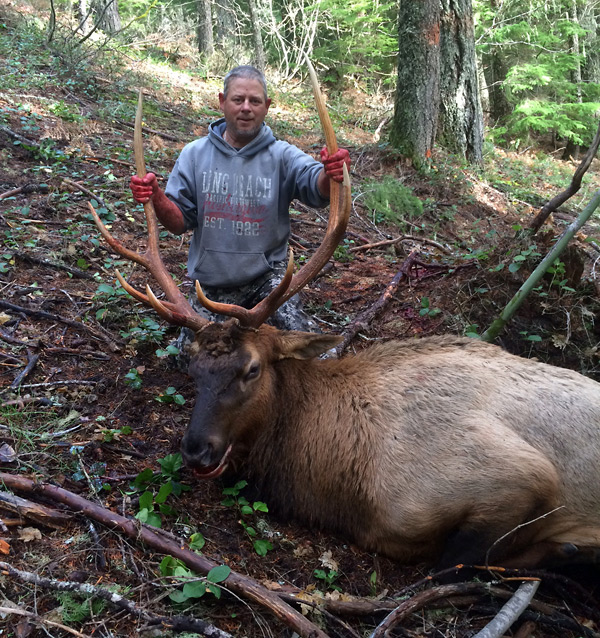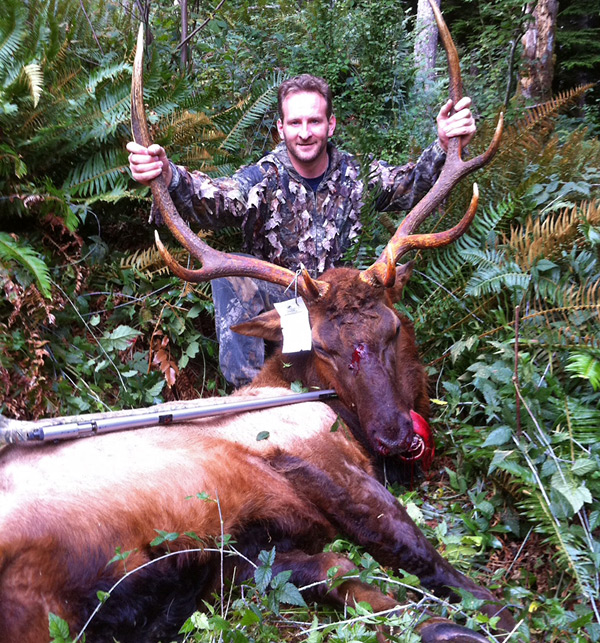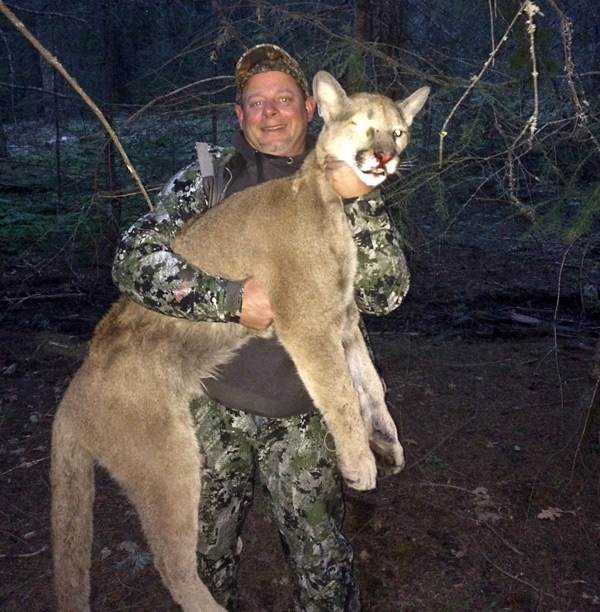Hunting enthusiasts in Washington State have access to a vast array of hunting units designed to offer diverse and thrilling experiences. Whether you're a seasoned hunter or a newcomer looking to explore the state's rich wildlife, understanding Washington hunting units is essential for planning a successful trip. From the lush forests of the west to the arid landscapes of the east, Washington's hunting units cater to various preferences and game types.
Washington State offers some of the most exciting hunting opportunities in the United States. With its varied terrain and abundant wildlife, the region provides an ideal environment for hunters. To make the most of your hunting adventures, familiarizing yourself with the state's hunting units is crucial. Each unit has unique features, regulations, and game species, which can significantly impact your planning process.
This guide will delve into the intricacies of Washington hunting units, helping you make informed decisions for your next hunting expedition. By the end of this article, you'll have a comprehensive understanding of the units, their boundaries, the species available, and the regulations governing hunting in each area.
Read also:Maximize Your Savings Lowes Black Friday Appliances Deals You Cant Miss
Table of Contents
- Overview of Washington Hunting Units
- Biological Diversity Across Units
- Regulations Governing Hunting in Washington
- Understanding Unit Boundaries
- Hunting Seasons in Washington Units
- Species Found in Washington Hunting Units
- Permits and Licensing Requirements
- Tips for Successful Hunting in Washington Units
- Safety Measures When Hunting
- Resources for Hunters in Washington
Overview of Washington Hunting Units
Washington hunting units are geographic areas designated by the Washington Department of Fish and Wildlife (WDFW) to manage hunting activities effectively. These units are designed to ensure sustainable wildlife populations and provide hunters with diverse opportunities. Each unit is characterized by specific terrain, climate, and wildlife, making them unique and appealing to different types of hunters.
The state is divided into numerous units, each with its own set of regulations and guidelines. Hunters must familiarize themselves with these rules to ensure compliance and avoid penalties. Additionally, the boundaries of these units are clearly defined to prevent confusion and overlap during hunting seasons.
Biological Diversity Across Units
Washington's hunting units are home to a wide range of wildlife, reflecting the state's diverse ecosystems. From elk and deer in the forested regions to antelope and bighorn sheep in the arid east, hunters can find a variety of game species depending on the unit they choose.
Factors influencing biological diversity include:
- Terrain and habitat type
- Climate conditions
- Conservation efforts
- Population management strategies
Understanding the biological diversity of each unit can help hunters plan their trips more effectively and target specific species.
Regulations Governing Hunting in Washington
Regulations play a crucial role in maintaining the balance between hunting activities and wildlife conservation. In Washington, the WDFW enforces strict rules to ensure the sustainability of game populations and protect endangered species. Hunters must adhere to these regulations to avoid legal issues and contribute to conservation efforts.
Read also:Paris Jackson The Story Behind Michael Jacksons Daughter And Her Tattoos
Key regulations include:
- Season dates and bag limits
- Weapon restrictions
- Hunter education requirements
- Reporting obligations
These regulations are subject to change, so hunters should regularly check updates from the WDFW to stay informed.
Understanding Unit Boundaries
Unit boundaries in Washington are meticulously mapped to ensure clarity and prevent disputes among hunters. These boundaries are often defined by natural landmarks such as rivers, mountains, or roads, making them easier to identify in the field.
Tools for identifying unit boundaries:
- Official WDFW maps
- GPS devices
- Hunting apps
Using these tools, hunters can accurately locate their intended hunting areas and avoid trespassing into restricted zones.
Hunting Seasons in Washington Units
Hunting seasons in Washington vary depending on the unit and the species being hunted. These seasons are carefully planned to align with the breeding cycles and migration patterns of wildlife, ensuring their long-term survival.
General season guidelines:
- Big game seasons typically occur in the fall
- Small game seasons may extend throughout the year
- Waterfowl seasons coincide with migration periods
Hunters should consult the WDFW's annual hunting guide for specific season dates and details.
Big Game Species
Big game hunting is a popular activity in Washington, with species such as elk, deer, and bear drawing hunters from across the country. Each species has its own set of regulations and seasons, which hunters must follow meticulously.
Key considerations for big game hunters:
- Species-specific permits
- Harvest reporting requirements
- Safety protocols for hunting large animals
Small Game Species
Small game hunting offers a more accessible option for hunters, with species like pheasants, rabbits, and squirrels available in various units. These hunts require less preparation and equipment, making them ideal for beginners or casual hunters.
Small game hunting tips:
- Choose the right weapon for your target species
- Be aware of local regulations
- Practice ethical hunting practices
Permits and Licensing Requirements
Hunters in Washington must obtain the necessary permits and licenses before heading into the field. These documents ensure that hunters are qualified and informed about the rules governing their chosen unit.
Types of permits:
- General hunting licenses
- Species-specific tags
- Non-resident permits
Applying for permits early is recommended, as some species have limited availability and require drawing processes.
Tips for Successful Hunting in Washington Units
Success in hunting requires more than just a good understanding of the units and regulations. Hunters must also employ effective strategies and techniques to increase their chances of success.
Top tips for Washington hunters:
- Scout the area beforehand
- Use quality gear and equipment
- Stay informed about weather conditions
- Practice patience and perseverance
By incorporating these tips into their hunting plans, hunters can enhance their experiences and improve their outcomes.
Safety Measures When Hunting
Safety should always be a top priority for hunters. Washington's diverse terrain and weather conditions can pose challenges, making it essential for hunters to take precautions.
Safety measures include:
- Wearing bright, visible clothing
- Carrying first aid kits and emergency supplies
- Informing others of your hunting plans
- Respecting firearm safety protocols
By prioritizing safety, hunters can enjoy their adventures without compromising their well-being.
Resources for Hunters in Washington
Washington offers a wealth of resources for hunters, from official guides to community forums. These resources can provide valuable information and support for hunters of all levels.
Recommended resources:
- Washington Department of Fish and Wildlife website
- Hunting forums and social media groups
- Local hunting shops and guides
- Conservation organizations
Engaging with these resources can enhance your knowledge and connect you with fellow hunters who share your passion.
Conclusion
Washington hunting units offer a world of possibilities for hunters seeking adventure and connection with nature. By understanding the units, their regulations, and the species they harbor, hunters can plan successful and ethical trips. Remember to prioritize safety, respect wildlife, and contribute to conservation efforts to preserve these incredible resources for future generations.
We invite you to share your thoughts and experiences in the comments below. Additionally, feel free to explore other articles on our site for more insights into hunting and outdoor activities. Happy hunting!



